Choosing the right siding for your New England home is not merely a matter of aesthetics; it’s a decision that impacts durability, energy efficiency, and even the character of your house. New England’s varied climate—from the harsh winters to the humid summers—demands siding that can withstand the elements while enhancing the charm of traditional and contemporary homes alike.
In this guide, we delve into the best siding options tailored specifically for New England’s unique climate and architectural styles. Whether you are renovating a historic colonial in Massachusetts or building a modern retreat in Vermont, you have choices. Selecting the appropriate siding is crucial for both practical and aesthetic reasons.
Throughout this article, we will explore siding materials renowned for their durability, maintenance requirements, energy efficiency, and overall suitability for the distinctive weather patterns of New England. By the end, you will have a comprehensive understanding of which siding options align best with your home’s needs, ensuring a choice that enhances both functionality and curb appeal.
Importance of Siding
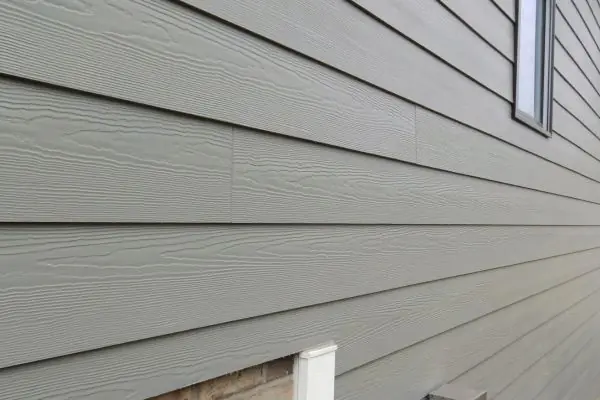
Choosing the right siding for your New England home is crucial for several reasons. Beyond aesthetics, siding serves as the primary defense against the region’s diverse weather conditions, including heavy snowfalls, freezing temperatures, and occasional hurricanes. Quality siding helps regulate indoor temperatures, improving energy efficiency year-round.
Additionally, it protects the structural integrity of your home by preventing moisture infiltration, which can lead to costly repairs and health issues like mold growth. Investing in durable siding enhances curb appeal and increases property value, making it a wise long-term decision for homeowners in the region.
Related Post: The Average Cost To Install Siding
Challenges in New England
New England’s climate presents unique challenges for homeowners when it comes to siding. Harsh winters with freezing temperatures and frequent snowfall require siding materials that are highly resistant to moisture and can withstand thermal expansion and contraction.
To add, the humid summers and occasional coastal storms necessitate siding that is not only durable but also resistant to fading and warping due to UV exposure and salt air. Choosing the right siding material tailored to these specific challenges ensures longevity and minimal maintenance for New England homeowners.
Types of Siding that Perform Best in New England
Selecting the right siding material is crucial for New England homeowners looking to balance durability, aesthetics, and weather resistance. Several siding options excel in this region, each offering unique benefits suited to the area’s climate and architectural styles.
Fiber Cement Siding
Fiber cement siding is highly regarded in New England for its exceptional durability and low maintenance requirements. Composed of cement, sand, and cellulose fibers, it withstands the region’s extreme temperature fluctuations and moisture levels without warping or cracking. This type of cement is also resistant to pests, fire, and UV rays, making it a long-lasting choice that retains its color and texture over time.
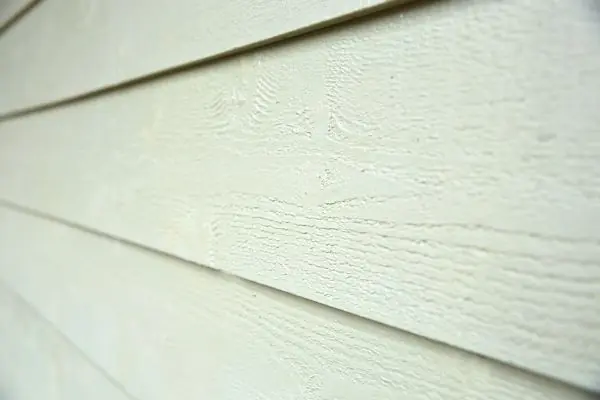
Strengths of Fiber Cement Siding
Fiber cement siding offers the aesthetic appeal of cedarwood and other classic materials while providing superior durability and weather resistance. It withstands New England’s harsh climate, including moisture, freezing temperatures, and pests. Additionally, its longevity and minimal maintenance requirements contribute to a high return on investment for homeowners.
Durability of Fiber Cement Siding
The durability of fiber cement siding ensures long-lasting protection for New England homes. Its composition of cement, sand, and cellulose fibers creates a robust barrier against moisture infiltration, warping, and cracking.
You might like: Most Popular Roofing Materials In Massachusetts
Vinyl Siding
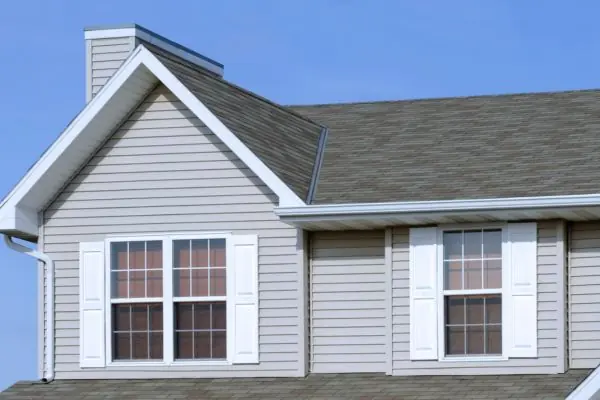
Vinyl siding remains a popular choice in New England due to its affordability, versatility, and minimal upkeep. It resists moisture, fading, and insect damage, making it well-suited for the region’s humid summers and snowy winters. Available in a variety of colors and styles, vinyl siding offers homeowners the flexibility they want and need. The material composition makes it easy to achieve any desired aesthetic without compromising on durability.
Strengths of Vinyl Siding
Vinyl siding is prized in New England for its affordability, versatility, and low maintenance requirements. Siding made of vinyl materials is resistant to moisture, insect damage, elemental factors, and fading, making it a durable and practical choice for the region’s varied climate.
Composite Siding
Composite siding blends wood fibers, resin, and other materials to create a robust, weather-resistant option ideal for New England’s climate. It mimics the look of natural wood while providing enhanced durability and resistance to moisture, insects, and rot. Composite siding requires minimal maintenance and offers excellent thermal performance, making it a practical choice for energy-conscious homeowners in the region.
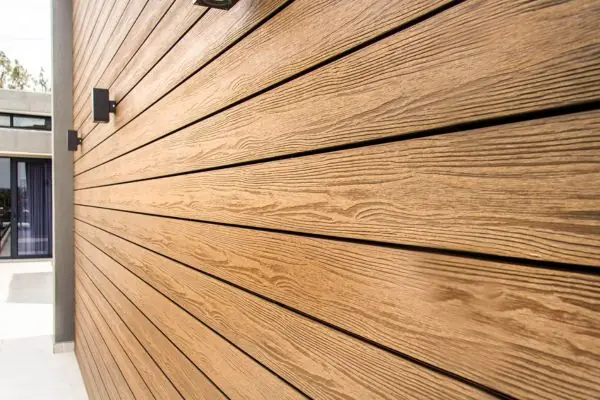
Strengths of Composite Siding
Composite siding combines the natural beauty of wood with the durability of engineered materials. This siding option offers excellent resistance to moisture, rot, insects, and UV rays, making it well-suited for New England’s challenging weather conditions.
Wood Siding
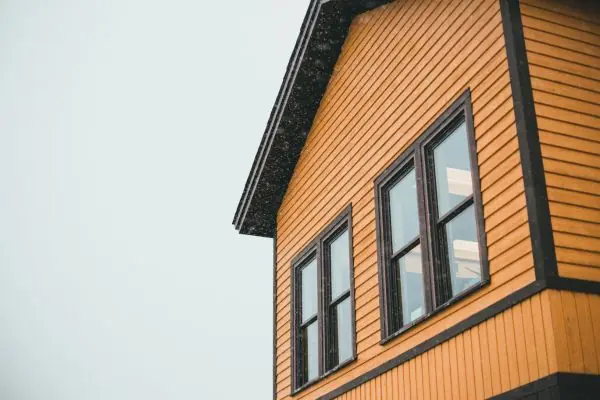
Traditional wood siding, such as cedar or redwood, complements New England’s historic architecture and natural surroundings. While it requires more maintenance compared to other materials, wood siding offers unmatched beauty and insulation properties. Properly treated and maintained, wood siding can last for decades and adds timeless charm to any home in the region.
Strengths of Wood Siding
Wood siding, such as cedar or redwood, enhances the charm and authenticity of New England homes with its natural beauty and warmth. It offers excellent insulation properties and ages gracefully, developing a unique patina over time. While requiring more maintenance, properly cared-for wood siding can last for generations.
Other Siding Options for New England Homes
In addition to fiber cement, vinyl, composite, and wood siding, there are several other materials suitable for New England climates:
● Brick: Known for its durability and classic appearance, brick siding provides excellent thermal mass. This goes a long way in helping to regulate indoor temperatures in both hot summers and cold winters by keeping drastic air exchanges from happening.
● Stone Veneer: Siding of this type offers a natural and rustic look while providing durable and reliable weather resistance for all buildings. Stone veneer siding is available in various styles and colors, adding texture and visual interest to homes.
● Metal Siding: Aluminum or steel siding is durable, low-maintenance, and resistant to pests and weather damage commonly seen in the local and surrounding areas. It is ideal for modern and contemporary homes seeking a sleek, industrial aesthetic.
● Stucco: This option provides a smooth, textured finish that complements Mediterranean and Spanish-style architecture. Stucco is durable and offers good insulation properties, suitable for New England’s climate with proper application and maintenance.
These alternatives offer unique aesthetics and performance characteristics, catering to different architectural styles and homeowner preferences in the diverse climate of New England. Choosing the right look and style for your home can be a daunting task. Let our team of experts help you find the options that are best suited to your unique situation and needs. It is easy to get started when you have the right tools and services at your disposal- don’t put it off any longer!
Similar Post: What Are The Different Types Of Roofing For Homeowners?
Frequently Ask Questions
What is the best siding for cold climates?
Fiber cement siding is often considered one of the best options for cold climates, like those in New England. It’s highly durable, resistant to moisture, and withstands extreme temperature changes without cracking or warping. Other strong choices include composite siding, which provides excellent insulation and resilience, and wood siding, which, while needing more maintenance, offers natural insulation properties.
What type of siding adds the most value to a home?
Siding materials that offer durability, energy efficiency, and aesthetic appeal generally add the most value. Fiber cement and composite siding are popular for adding long-term value due to their strength, low maintenance, and curb appeal. Wood siding also adds significant value, especially for historic or high-end properties, as it enhances the architectural authenticity and charm of a home.
What is the new trend for siding?
Current trends in siding focus on sustainable materials, mixed textures, and natural aesthetics. Homeowners are increasingly choosing fiber cement and composite siding for their eco-friendliness and ability to mimic wood. There’s also a trend towards darker, earthy colors and combining different siding materials (such as stone veneer and fiber cement) for a unique, custom look.
What is the lowest maintenance siding?
Vinyl siding is known for its minimal maintenance needs, as it resists moisture, insect damage, and fading. Fiber cement is another low-maintenance option that doesn’t need frequent repainting and is resistant to pests and fire. Composite siding also requires little upkeep and performs well in harsh weather conditions.
What type of house siding lasts the longest?
Fiber cement siding is one of the longest-lasting options, with a lifespan of up to 50 years with minimal maintenance. Brick siding is another durable choice that can last over 100 years if properly maintained. Composite siding, with a lifespan of 30-50 years, also offers long-term resilience against the elements.
What is the most durable cost-effective siding?
Vinyl siding is both durable and cost-effective, making it a popular choice for budget-conscious homeowners. It performs well in New England’s climate, resisting moisture, temperature fluctuations, and UV damage. Fiber cement offers a higher initial cost but provides exceptional durability and energy efficiency, making it a valuable investment over time.
Conclusion
Choosing the best siding for New England home is a decision that balances aesthetics, durability, and weather resistance. Each siding option—from fiber cement and vinyl to composite and wood—offers distinct advantages suited to the region’s climate and architectural styles.
Whether prioritizing low maintenance, traditional charm, or modern aesthetics, the best siding enhances both the curb appeal and long-term value of your home. By considering factors like durability, maintenance requirements, and energy efficiency, homeowners can make an informed choice that ensures their house remains protected and beautiful for years to come.
Contact Coastal Roof Experts today to learn more and to see what siding option is right for your New England home! We look forward to hearing from you soon!



